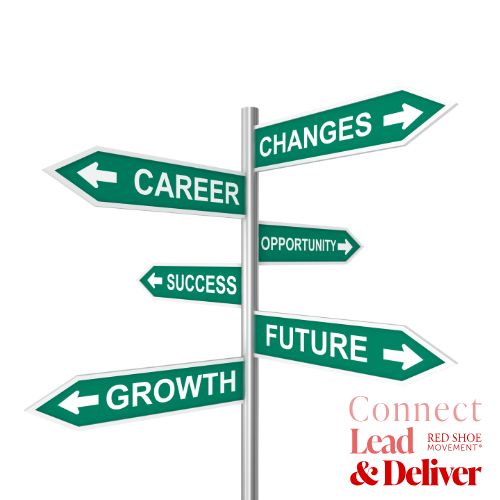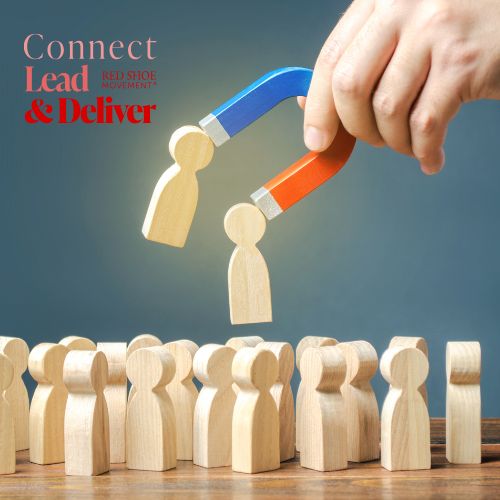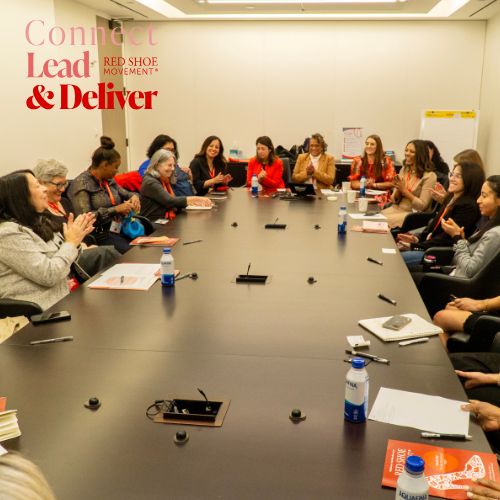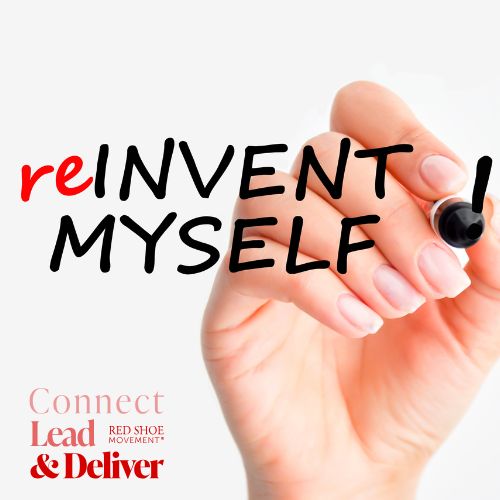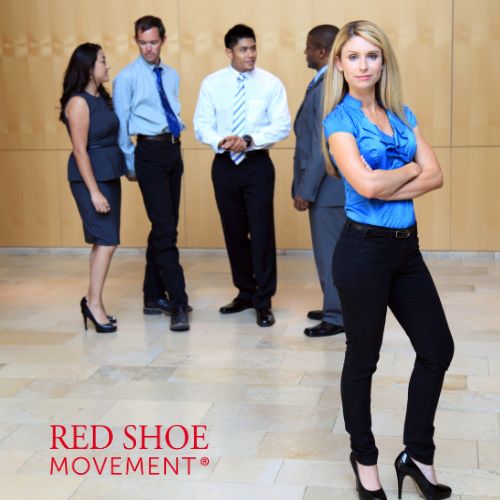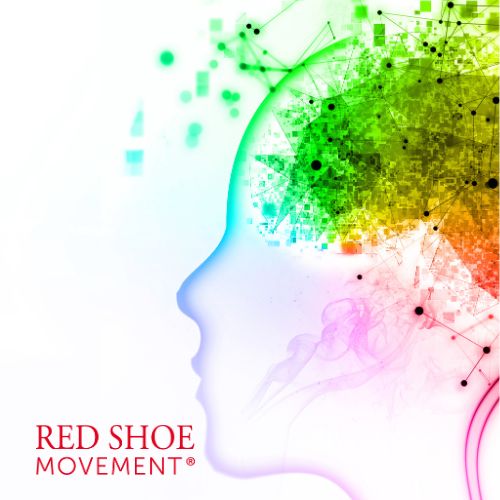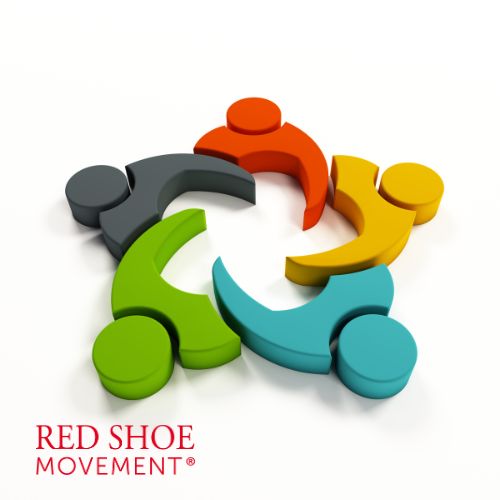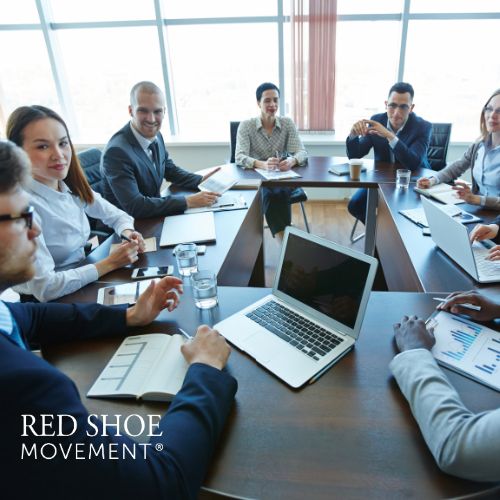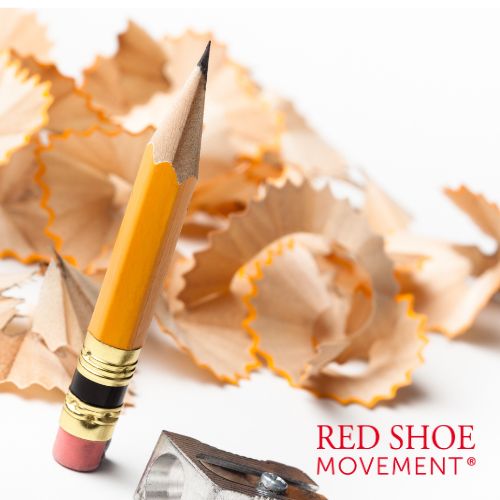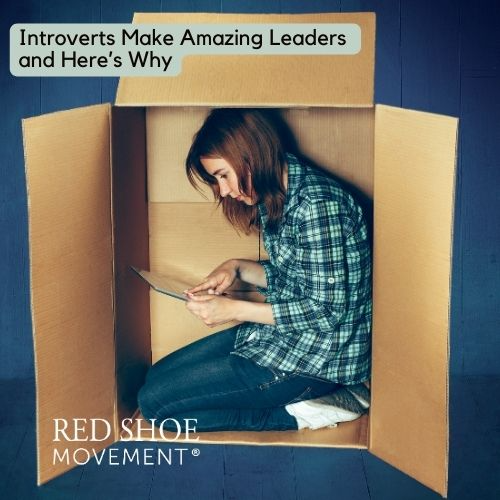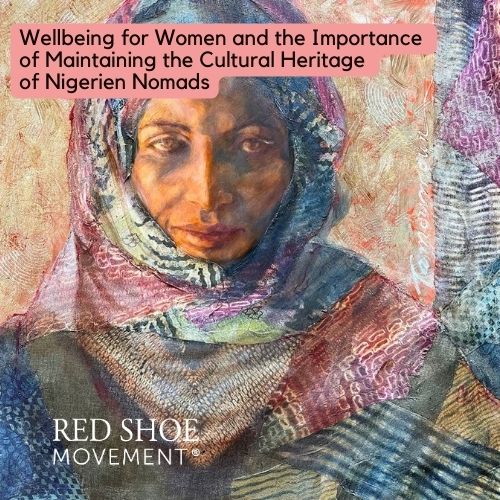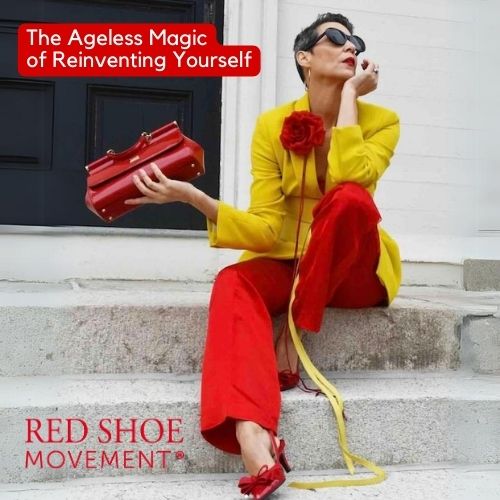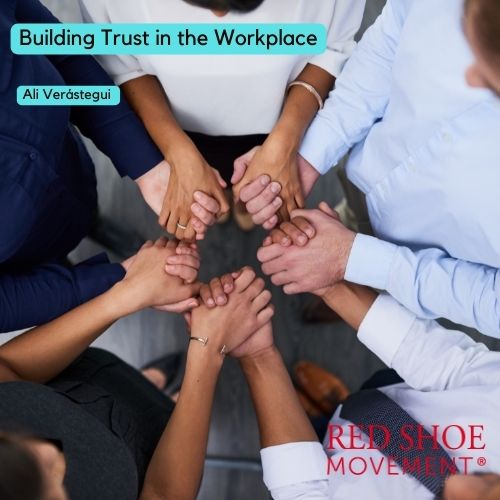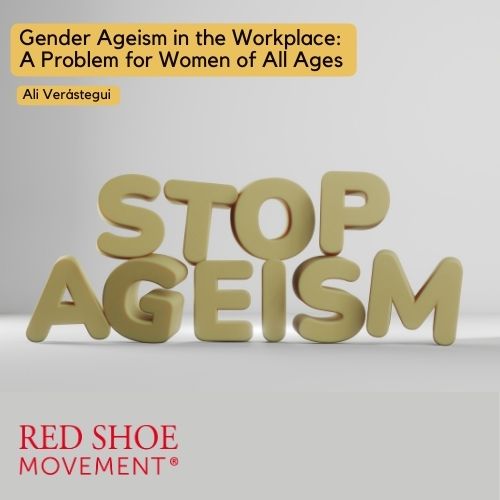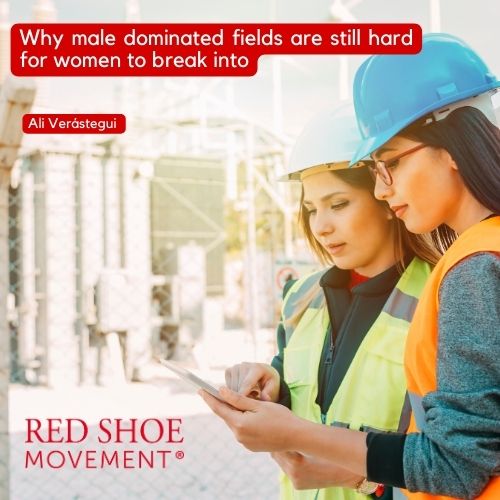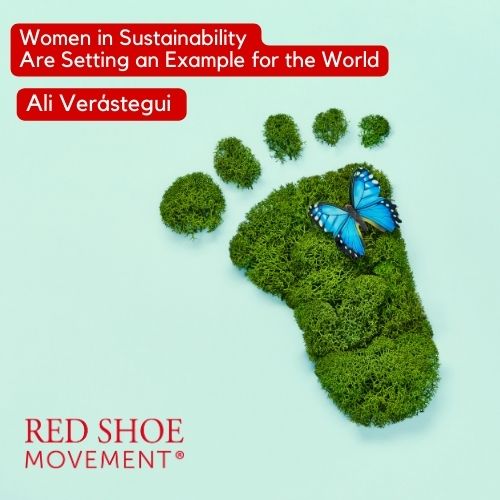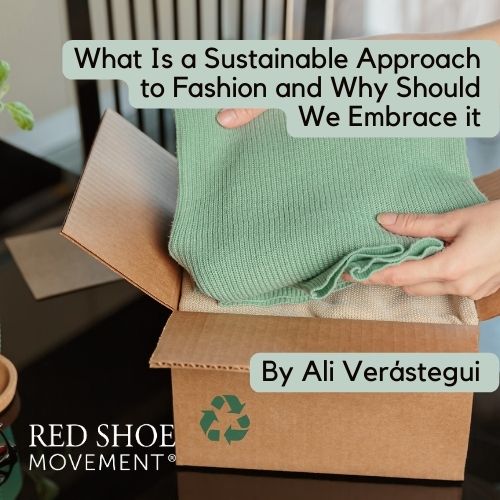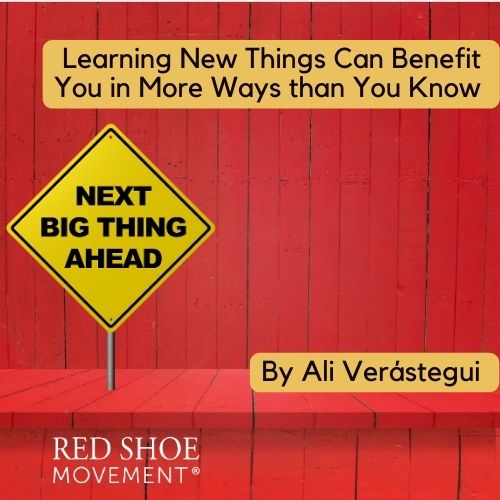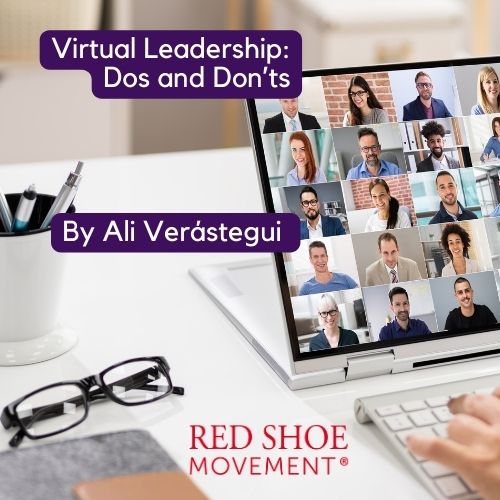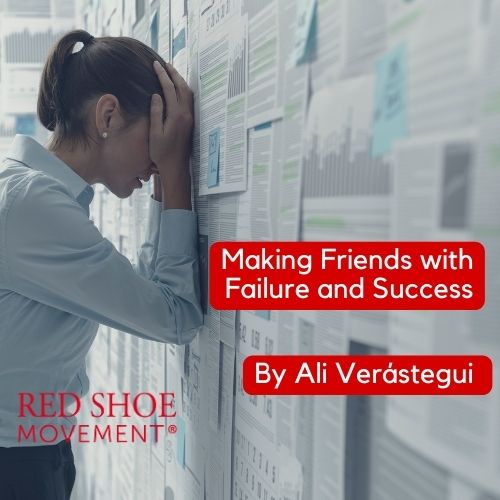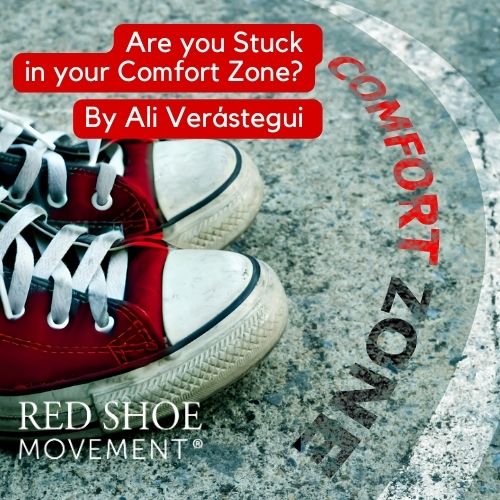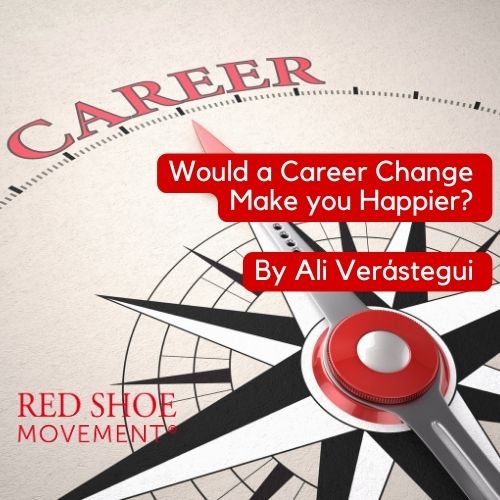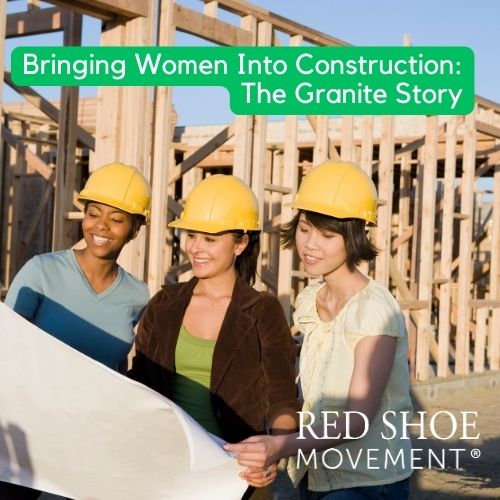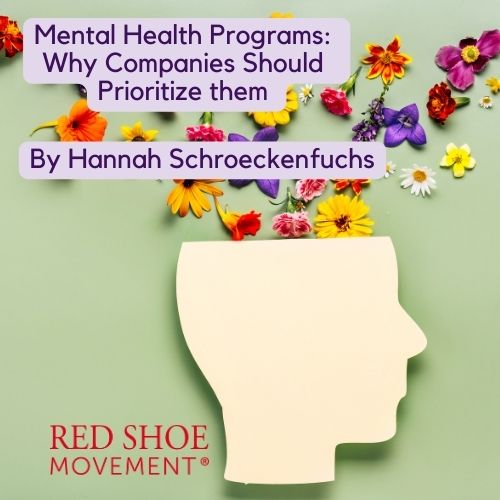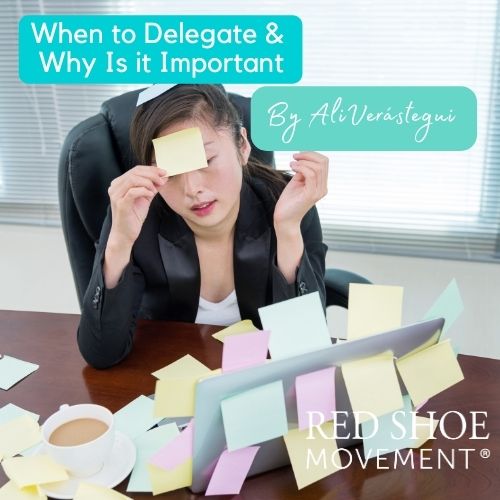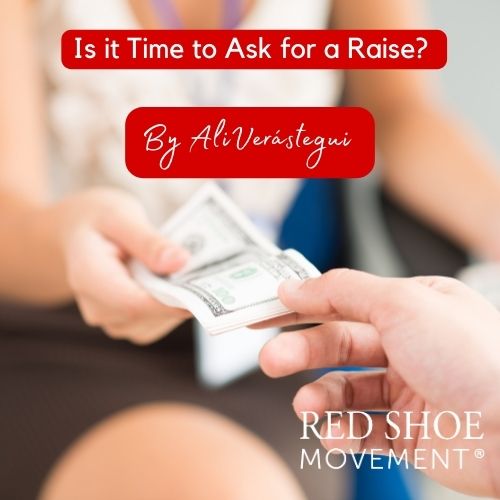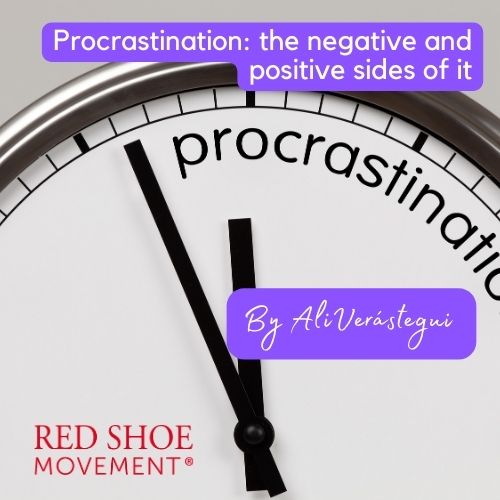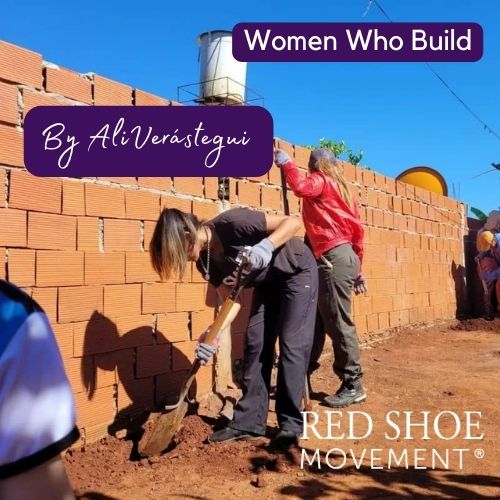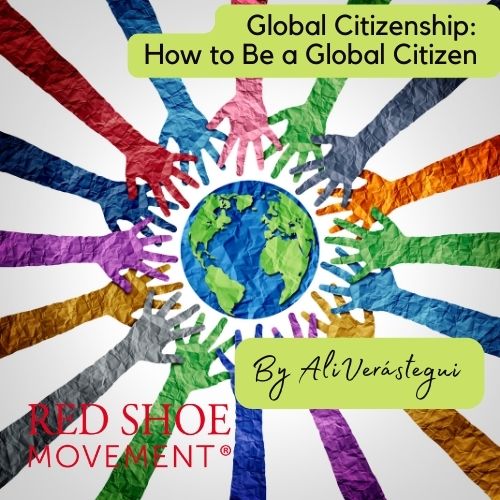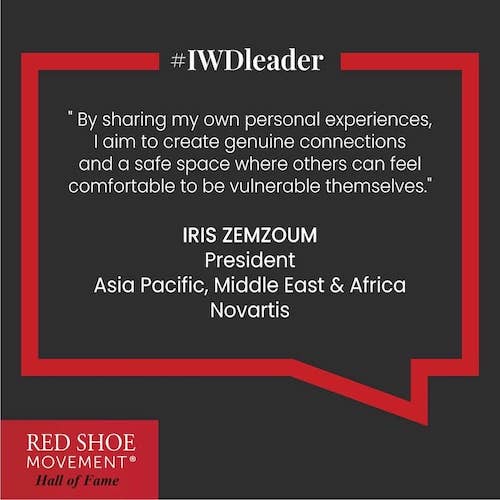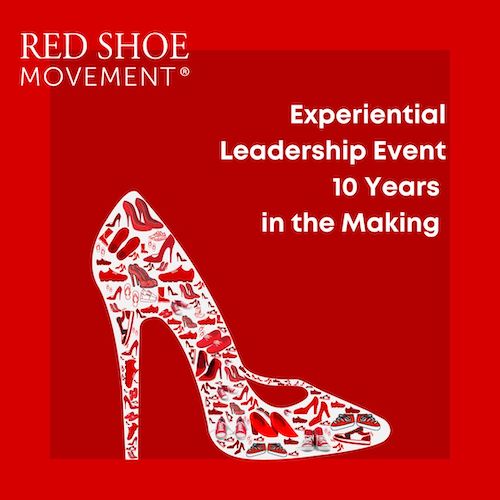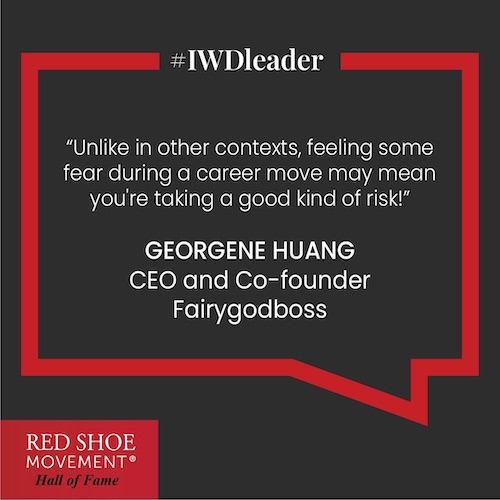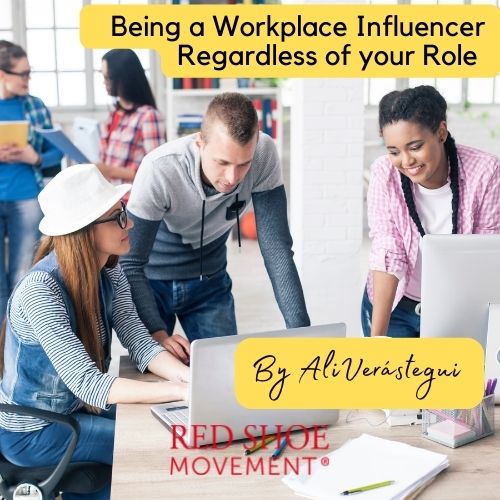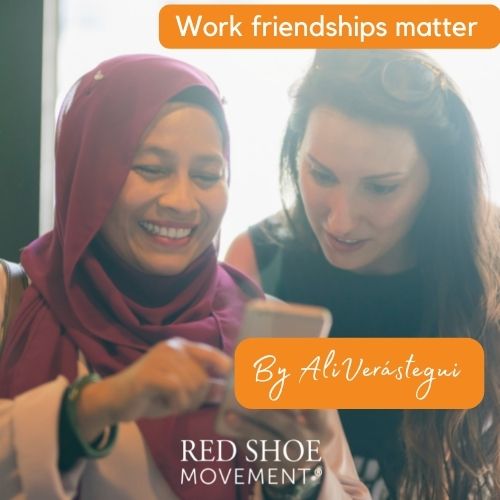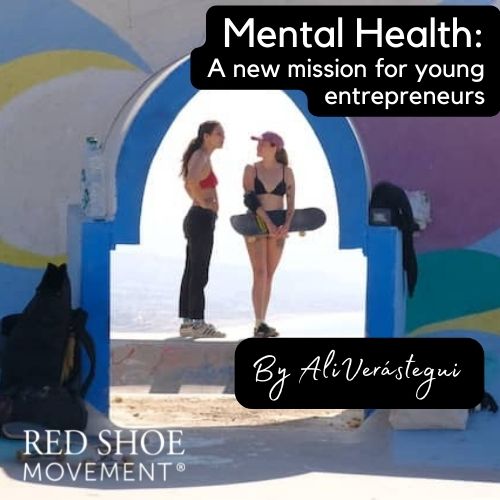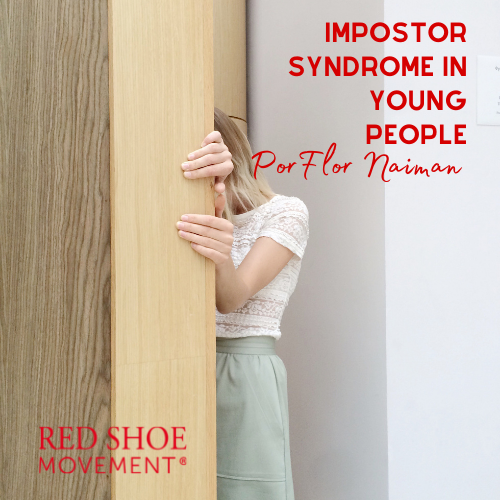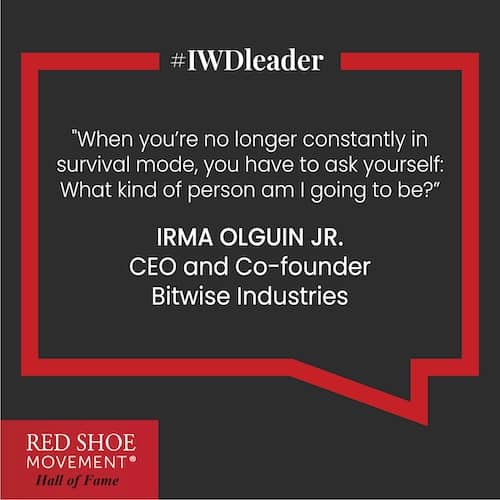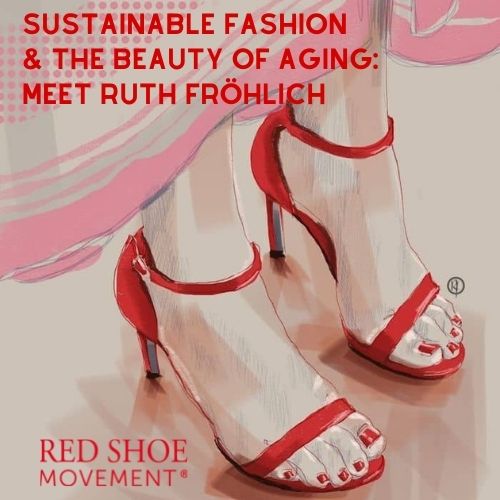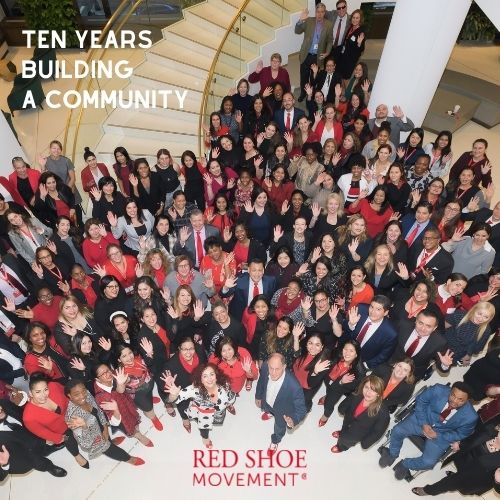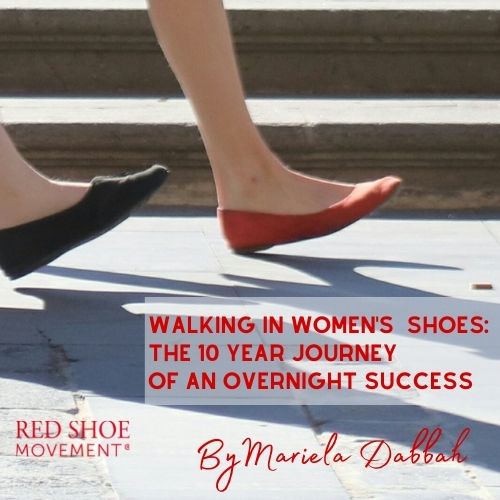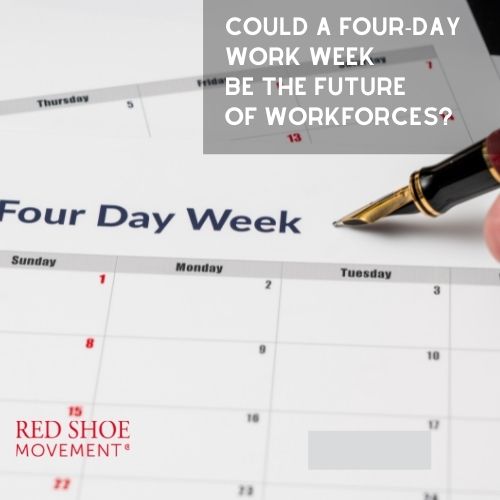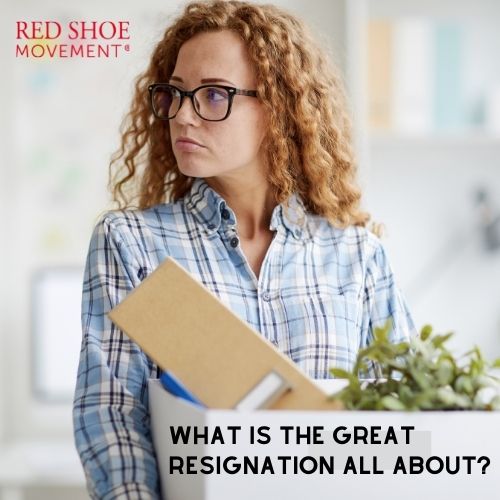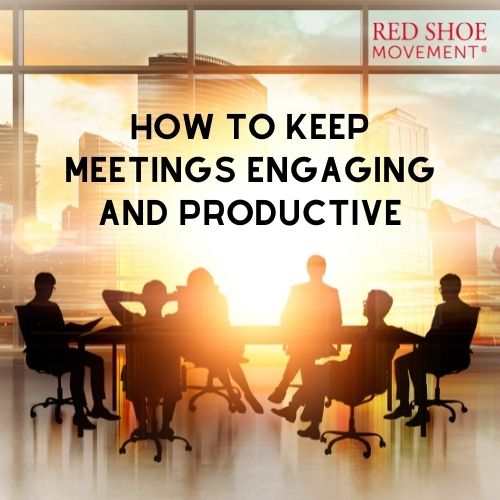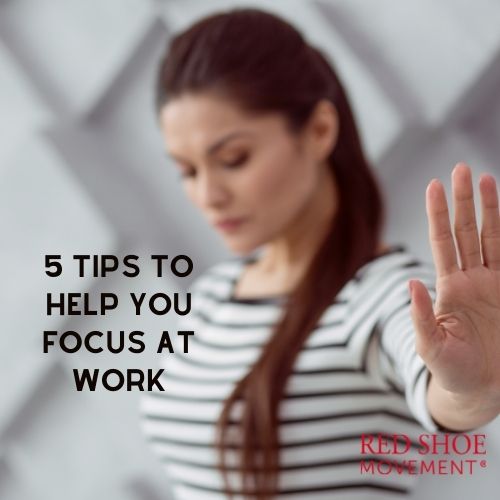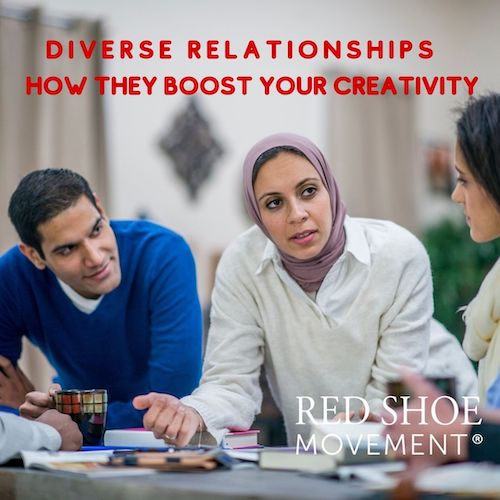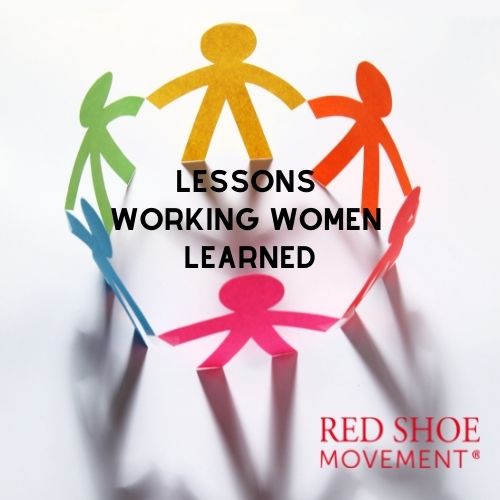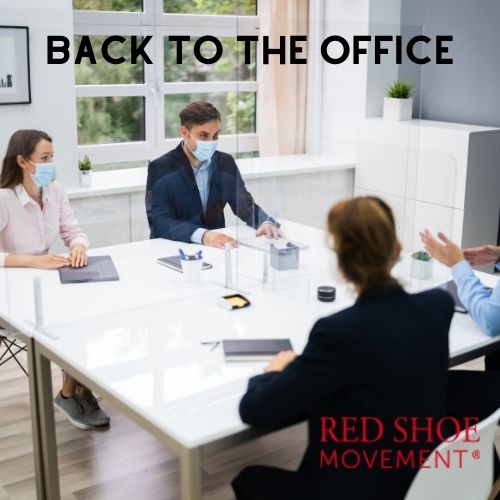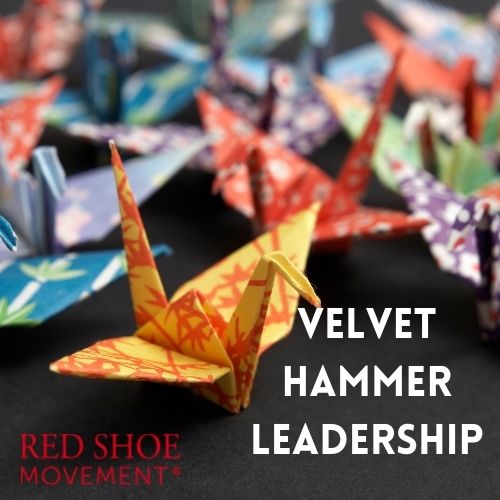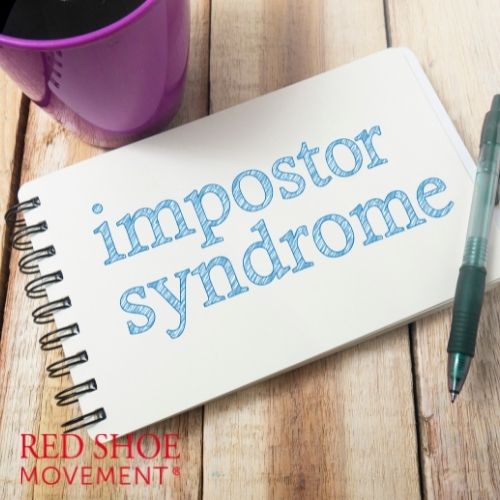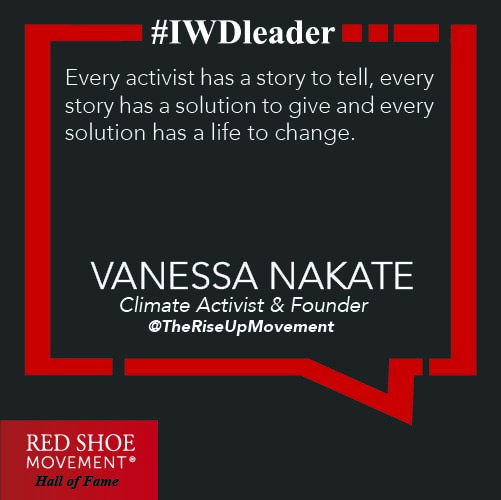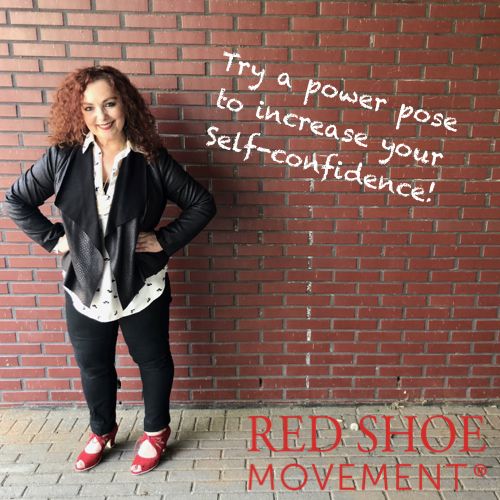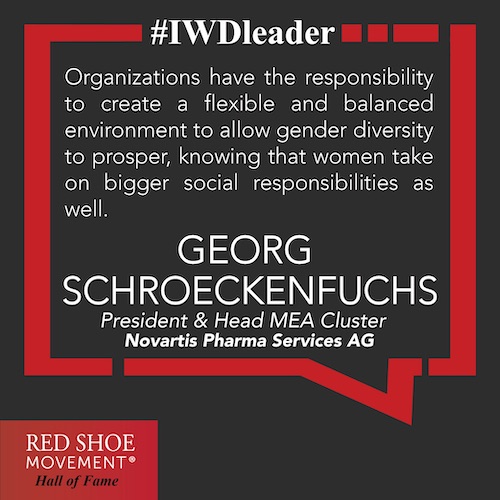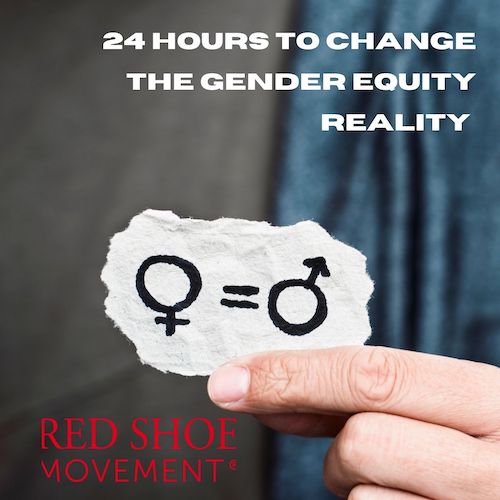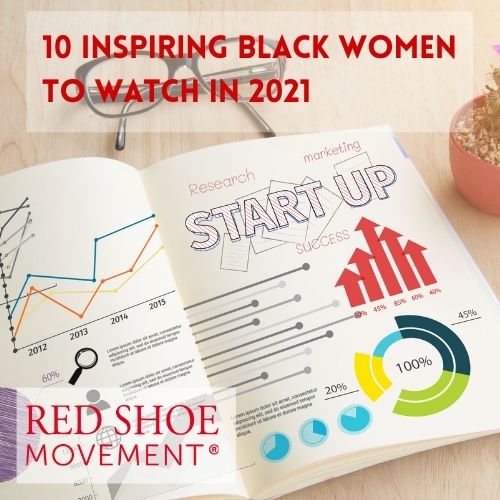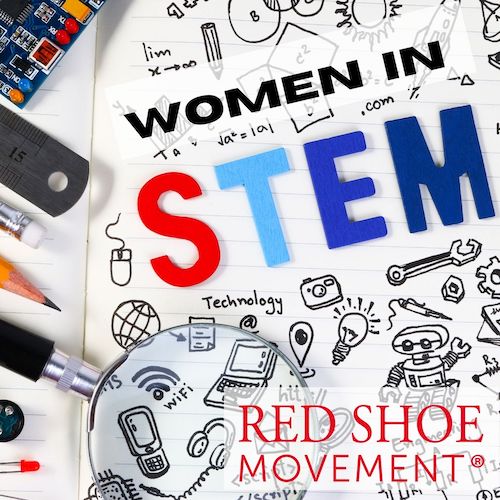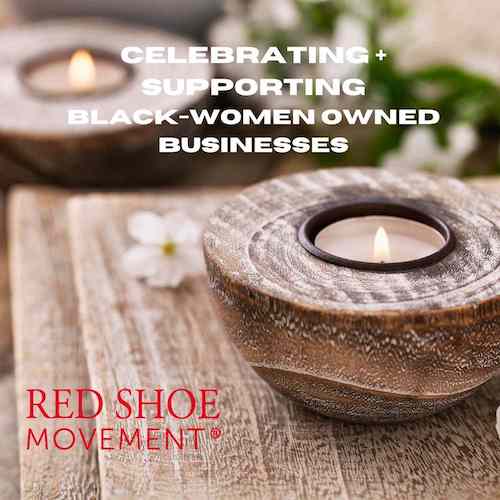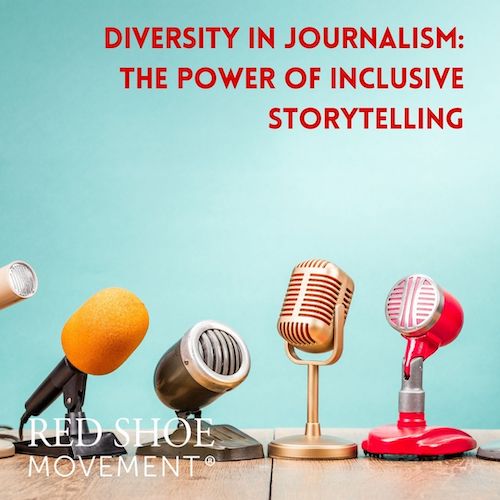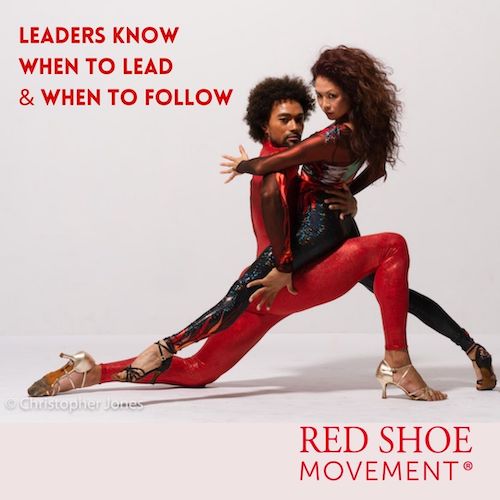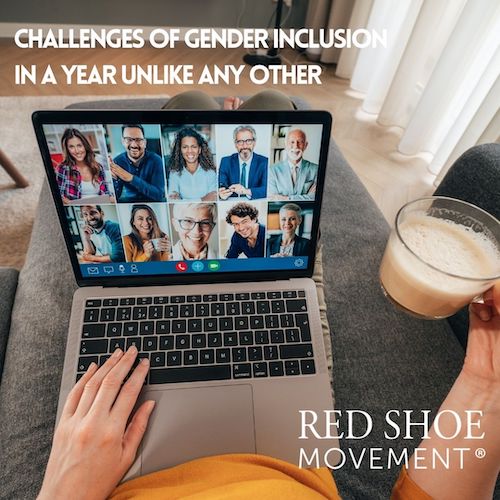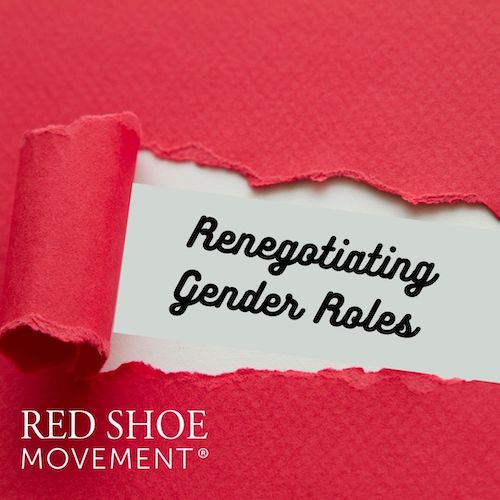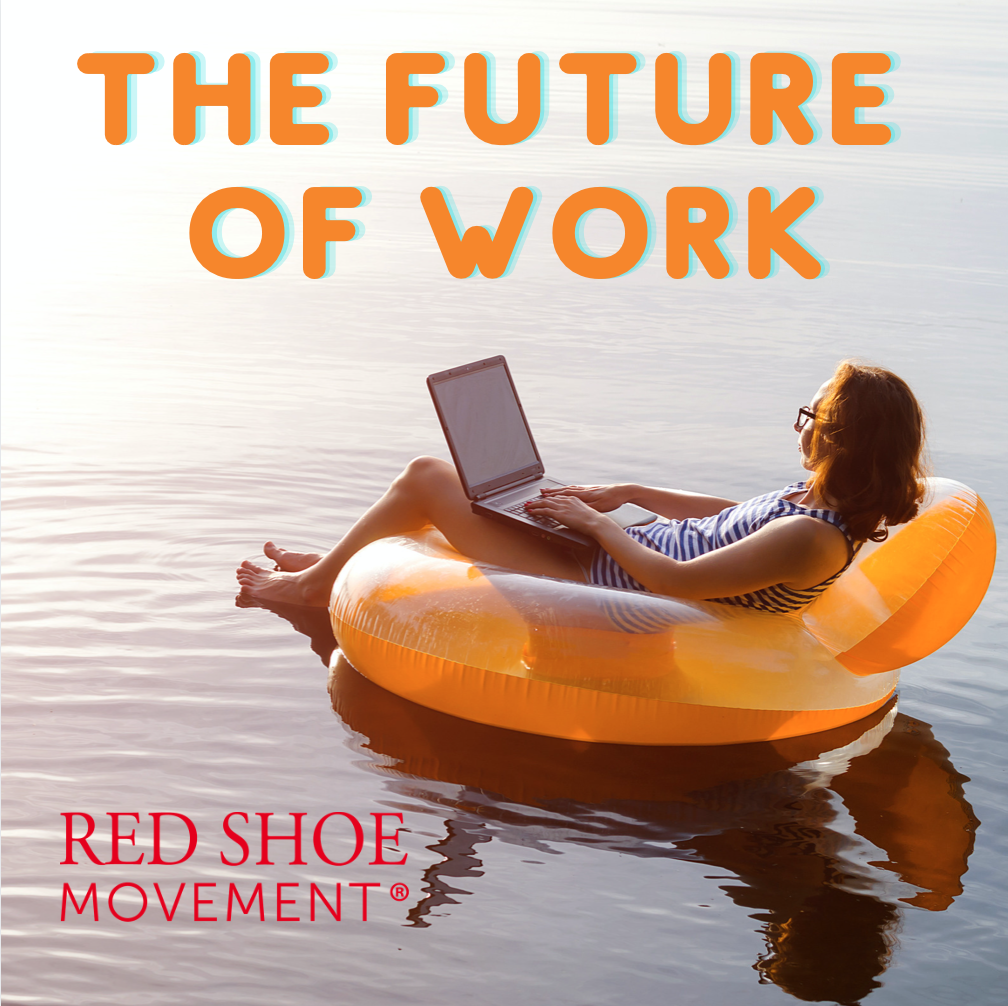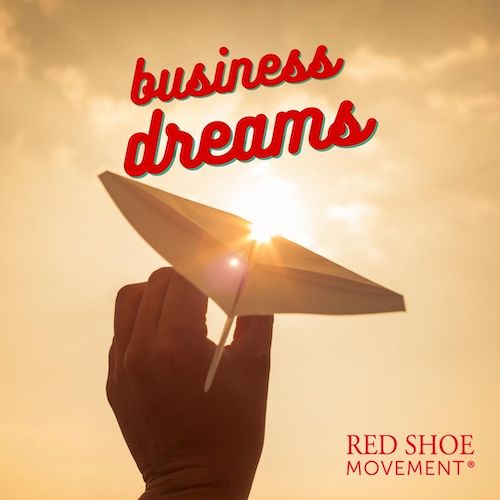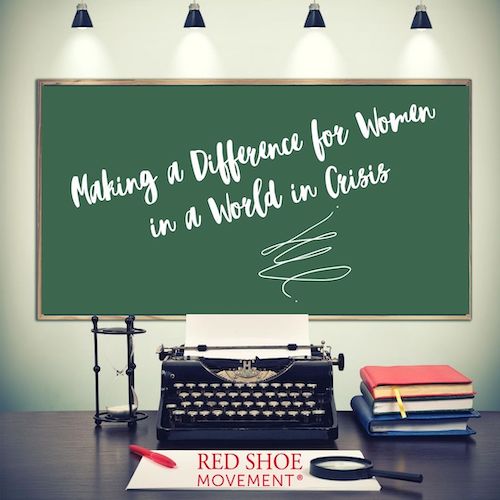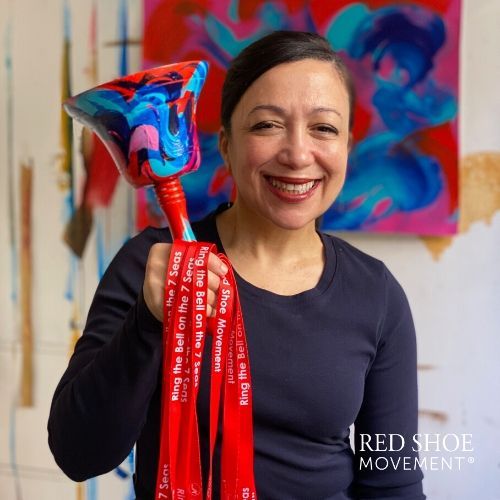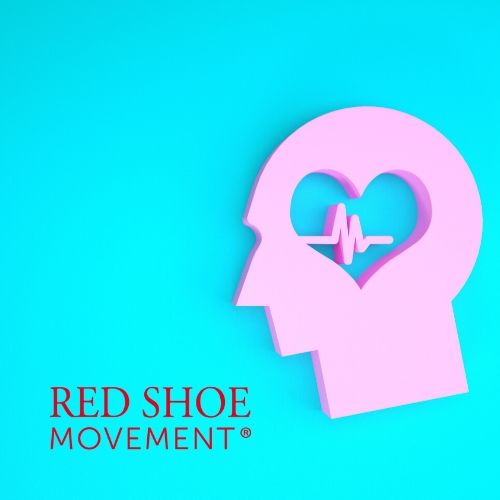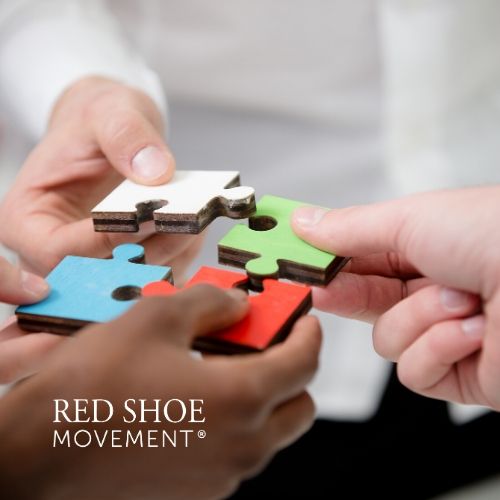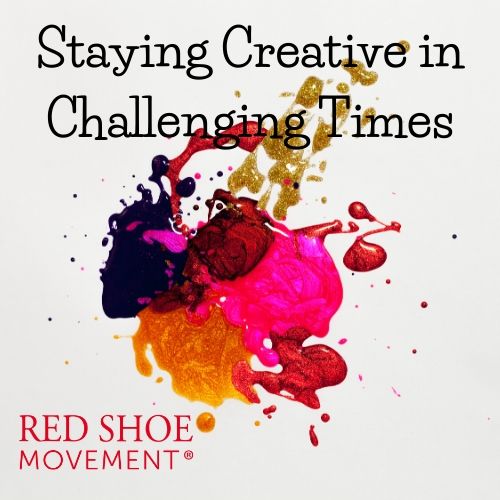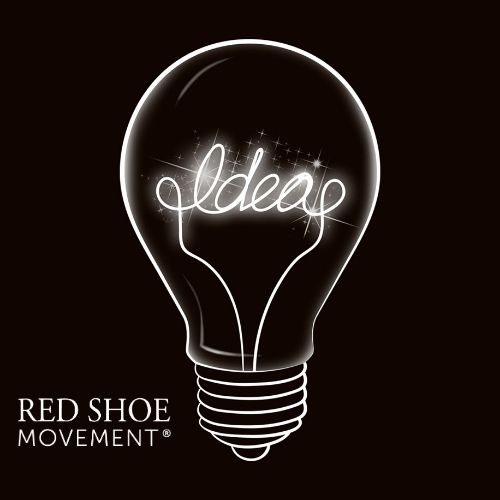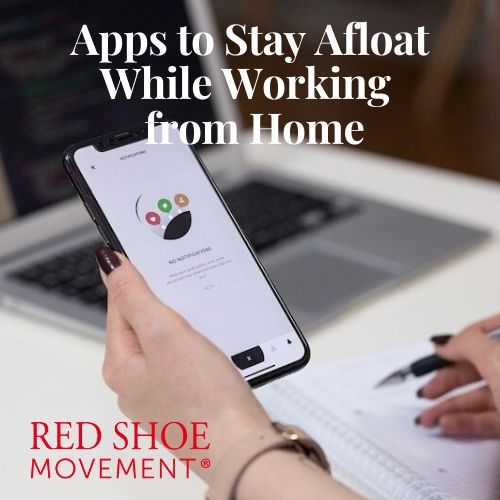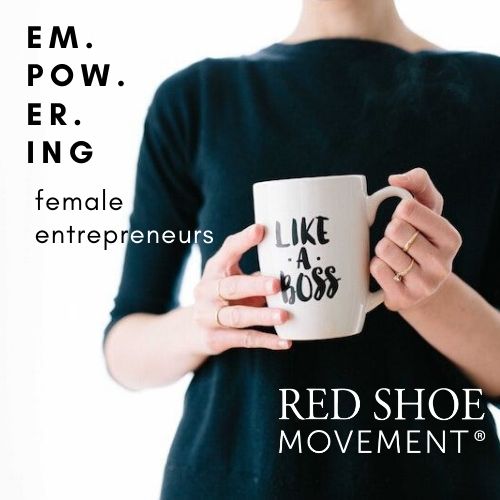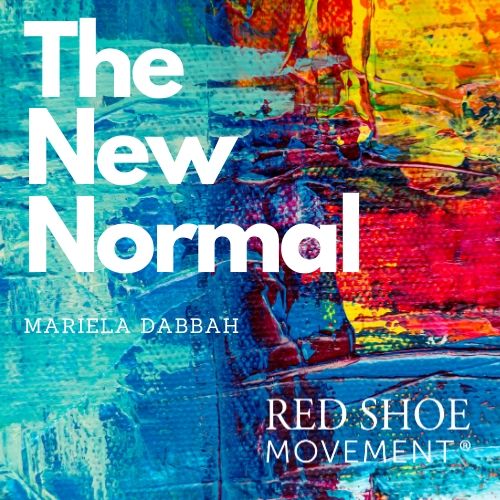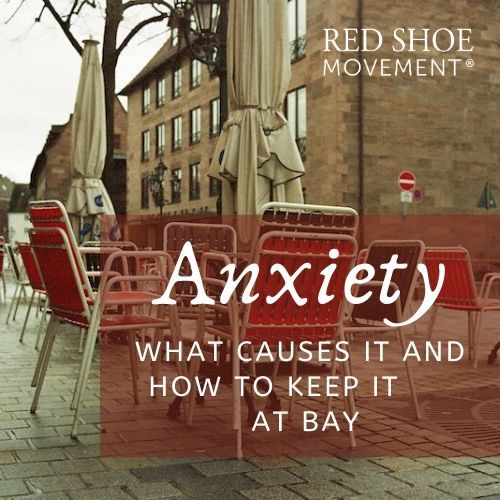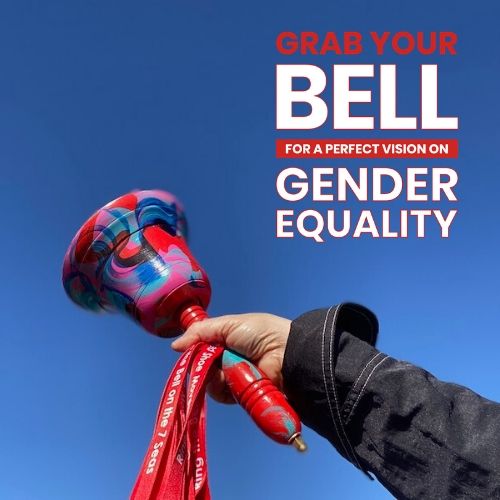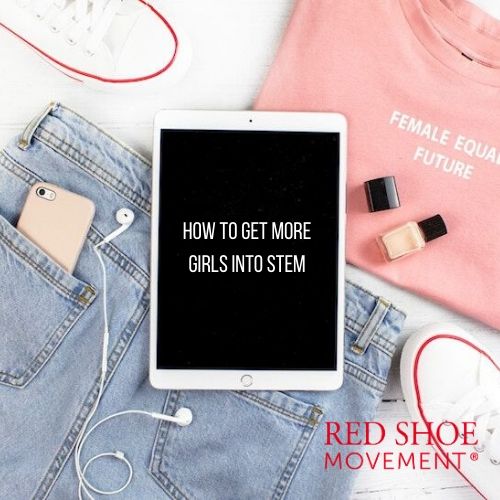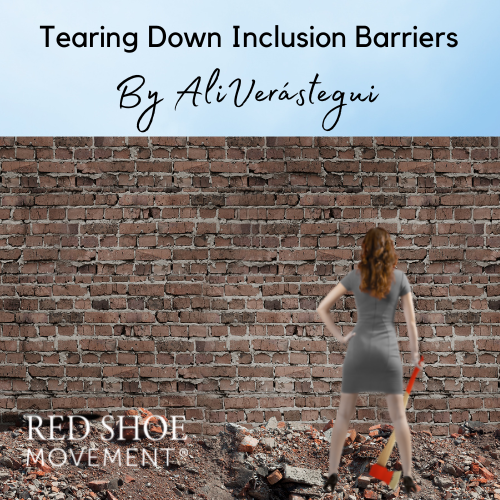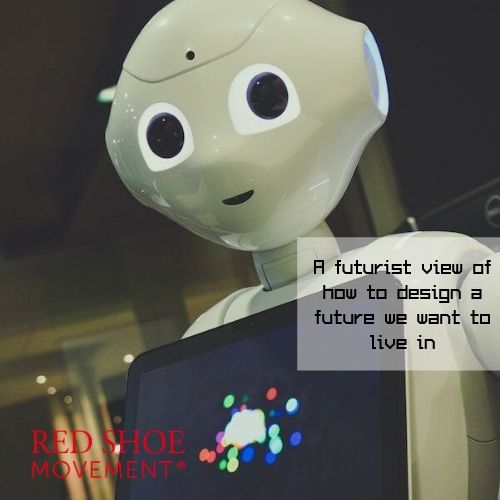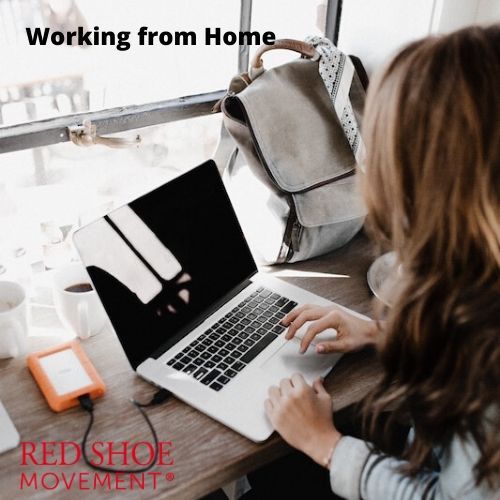A short year after we were all forced to change life as we knew it and adapt to a whole new normal, the world has seen a light at the end of this very dark tunnel with the arrival of vaccines. Yet, how long do we have to wait until the gender inequity vaccine hits the market?
Some of the new COVID-19 vaccines in the market promise not only an immunization against the disease but also prevent transmission, making it safe for those at risk and giving some families a chance to see their loved ones for the first time since everything began.
As Mariela Dabbah, founder of Red Shoe Movement points out during her TEDx Talk “How Long Until the Gender Inequity Vaccine?”, this shows us what can be done when forces (and resources) are poured into a single goal. “In contrast,” she says, “gender inequity in the workplace, a decades old issue, remains unresolved. As if we couldn’t apply research driven solutions to a social problem as we do to a public health issue.”
[av_video src=’https://www.youtube.com/watch?v=d3uM6VVSyuQ&t’ mobile_image=” attachment=” attachment_size=” format=’16-9′ width=’16’ height=’9′ conditional_play=” id=” custom_class=” av_uid=’av-2n37gh’]
Gender Inequity: A Vaccine for a Different Pandemic
This, Mariela Dabbah reminds us, is not a problem affecting women exclusively. Gender inequity is another kind of pandemic that, much like COVID-19, affects workplaces all over the world in ways that must be eradicated. This obvious disparity has been made even bigger as the world adapts to new workplace dynamics, undoing some of the progress achieved by women in the workplace as they drown in new demands.
Some of the symptoms of this condition include: Being in Charge of Everything and Making Less So Quitting More. Mariela says that “women now have to juggle the blended environment of remote work from home – having no time to reset or to be alone.” Additionally, “if there’s a household choice to be made regarding who will give up their job and take care of the home and the family, it’s usually the woman who steps back.”
Having to juggle work and home life has been especially tough on women of color and women with disabilities.
“One in 3 mothers are ready to scale back or step out of the workplace altogether; 39% of senior women state that they are burned out compared to 29% of senior men; and 54% of senior women confessed to being exhausted compared to 41% of senior men”.

Opportunities to Treat Gender Inequity
However, Mariela Dabbah suggests there are some great opportunities for change that we should be taking advantage of. Such as the end of the corner office. “This coveted park to which few women had access before the pandemic has been democratized as most key decisions are now being made in the kitchen, an environment where most women play as locals.”
This new office setting has forced everyone to work from home. This, Mariela says, has allowed “for a shift in the old belief that, to be an executive, a person had to be physically in the office and be able to travel a lot.” Giving old requirements that tended to exclude women a much-needed update.
“Having their own kids throw a tantrum on camera during conference calls has humanized leaders, who used to be perceived as not having to deal with everyday life issues as everyone else,” Mariela tells us. In addition to showing a “more human” side of everyone within a company, this format has helped leaders become more invested in their teams. “As they become more aware of the circumstances of their various team members, leaders are customizing their support to make sure they don’t lose female and diverse talent.”
Solutions to bring gender equality to the workplace
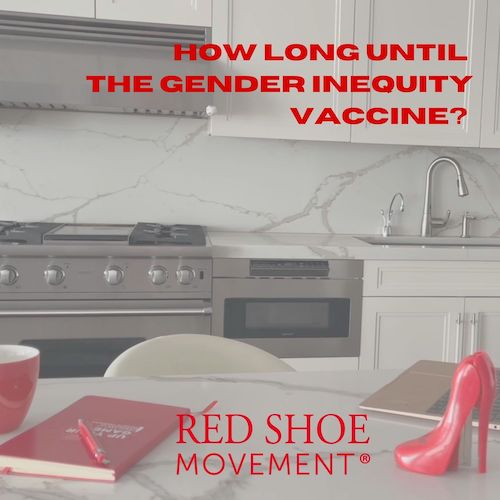
Concrete Steps Towards Vaccination
For a while now, Red Shoe Movement has been “implementing some very successful concrete solutions.” These, Mariela tells us, include taking a stand for gender inclusion, listening intently to act fittingly and remembering that inclusion is not on pause.
The author and CEO hopes that sharing the steps Red Shoe Movement has taken towards a more diverse and equal workplace, everyone will find ways to collaborate in making this “vaccine” happen. “Despite all the research that has been done for decades around what works to reach gender equity in the workplace, the vaccine for gender inequity has not yet been invented,” she says. “We must take a similar collaborative approach, join our labs, and use our data driven solutions to expedite this vaccine to market.”
Want to know more about the Gender Inequity pandemic and what Red Shoe Movement is doing to help eradicate it? Watch Mariela Dabbah’s TEDx Talk “24 Hours to change the gender inclusion reality.”




















